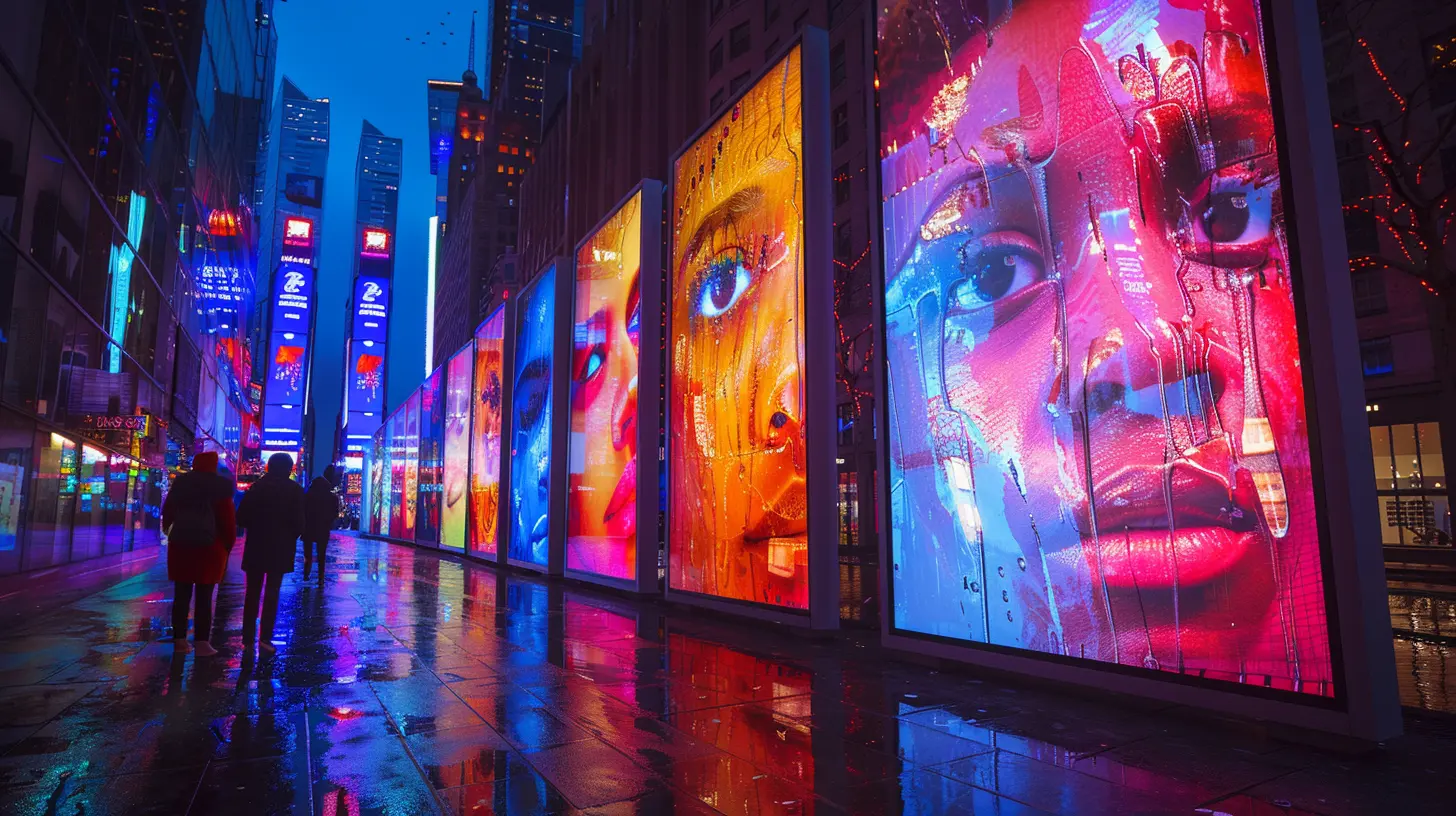Temporary vs. Permanent: The Rise of Pop-Up Exhibitions
22 November 2025
Pop-up exhibitions are taking over the art and tourism industry like a whirlwind romance—exciting, fleeting, and full of surprises. Unlike their permanent counterparts, these temporary exhibits create a buzz, draw massive footfalls, and then vanish, leaving behind nothing but memories and Instagram posts.
But does their short-lived nature make them more appealing? Or do permanent exhibitions hold the charm of timelessness? Let’s dive deep into this trend and figure out why pop-up exhibitions are skyrocketing in popularity.

The Allure of Pop-Up Exhibitions
FOMO – The Fear of Missing Out
One of the biggest driving forces behind the success of pop-up exhibitions is FOMO. Knowing that an exhibit will only be around for a few weeks (or even days) creates a sense of urgency. People want to experience something rare, unique, and exclusive before it disappears forever.Think about it—when was the last time you rushed to see the Mona Lisa at the Louvre? Probably never, because you know it will always be there. But if there’s a Van Gogh immersive exhibit that’s only running for a month, you’d likely scramble to get a ticket before it’s too late.
Instagram-Worthy Appeal
Pop-up exhibitions are often designed with social media in mind. Whether it’s a neon-lit room, a wall covered in dynamic digital projections, or life-sized installations made for selfies, these exhibitions are highly ‘grammable. In a world where social media clout matters, people are always on the hunt for the next viral spot.Events like the Museum of Ice Cream, Yayoi Kusama’s Infinity Mirror Rooms, or the immersive Vincent Van Gogh Experience are perfect examples. They aren’t just exhibits; they’re social media spectacles.
Flexibility & Innovation
Pop-ups allow artists and curators to experiment more boldly. Since they aren’t tied to a long-term lease or rigid institutional structures, they can take creative risks, feature unconventional art, and quickly adapt to current cultural trends.Imagine experiencing an AI-powered art installation or a projection-based digital museum that feels light-years ahead of a traditional gallery setting. The ability to evolve in real-time makes pop-ups incredibly exciting.
The Local Economic Boost
Pop-up exhibitions bring in foot traffic, which benefits local businesses. Whether it’s cafés, souvenir shops, or nearby attractions, an influx of tourists to a temporary exhibit means a surge in local spending. In many ways, these short-term events revitalize neighborhoods and breathe new life into urban landscapes.
The Reliability & Prestige of Permanent Exhibitions
While pop-ups are revolutionizing the way we experience art and culture, let’s not dismiss the old-school charm of permanent exhibitions.A Treasure Chest of History
Permanent exhibitions are the unsung heroes of history. They preserve artifacts, timeless masterpieces, and curated collections that define cultures, civilizations, and artistic movements.They serve as cultural time capsules—think the British Museum, the Smithsonian, or the Vatican Museums. These institutions are a testament to humanity’s creativity and history, housing works that people across generations can appreciate.
A Deep, Meaningful Experience
Unlike pop-ups, which often focus on fast interactions and capturing quick moments, permanent exhibitions prioritize depth. Wandering through the Louvre or the Metropolitan Museum of Art isn’t just an activity; it’s an education. You can take your time, revisit the same artwork years later, and still discover new details.Pop-ups may dazzle, but permanent exhibits nurture a long-lasting connection with culture and history.
A Stable Platform for Artists and Scholars
Academia, research, and art conservation thrive in permanent exhibition spaces. These spaces offer a steady platform for emerging and established artists to showcase their work for extended periods. Moreover, they allow scholars to study and interpret art across different eras.Would we still appreciate Van Gogh’s "Starry Night" or the mysteries of Egyptian mummies if they were part of a month-long pop-up? Probably not. 
The Best of Both Worlds?
What if we didn’t have to pick sides? Some institutions are blending the best of both formats, incorporating temporary installations within permanent museum spaces. This hybrid approach keeps things fresh while maintaining a solid cultural foundation.For example, major museums often host temporary exhibitions featuring modern artists, interactive tech-based experiences, or global traveling exhibits that complement their permanent collections.
This balance ensures that tradition and innovation coexist beautifully, appealing to both seasoned art lovers and the younger Instagram-driven crowd. 
The Final Verdict: Which One Wins?
Honestly, it’s not about which is better. Permanent exhibitions offer depth, education, and a timeless connection with history, while pop-ups fuel excitement, exclusivity, and innovation.If you’re in the mood for something classic and enriching, head to a permanent museum. But if you’re after a fresh, bold, and unforgettable experience, a pop-up exhibition might be your cup of tea.
The rise of pop-up exhibitions isn’t a threat to traditional museums—it’s a sign that the art world is evolving. And that’s a win for everyone.
all images in this post were generated using AI tools
Category:
Museums And GalleriesAuthor:

Taylor McDowell

